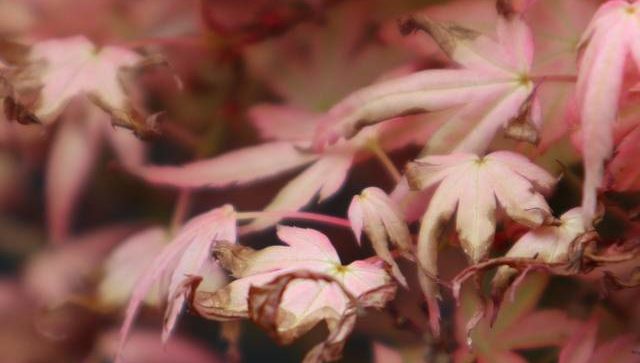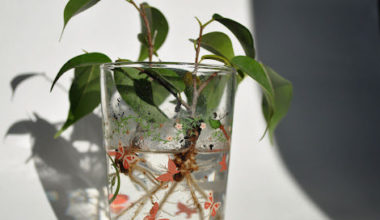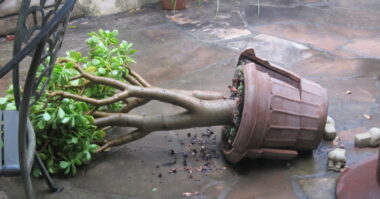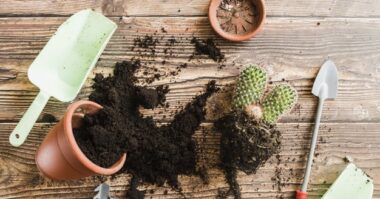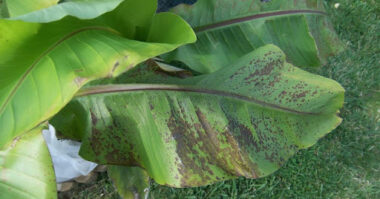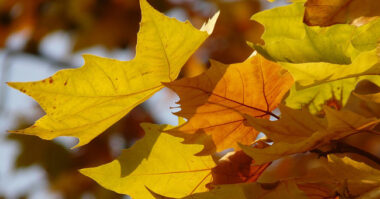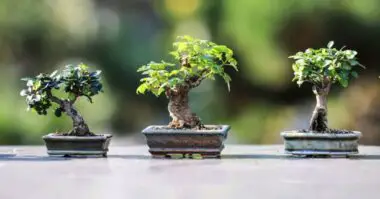A plant is made up of 90% water and its vital functions therefore require its presence. When it lacks water, the plant can wither, dry out and die. Conversely, too much water drives out the oxygen present in the soil where the roots grow. Unable to play their role, they rot and die.
The dynamics of water in the plant is very closely linked to the temperature of its environment. The ravages of frost, as well as those of drought, are evidence of this.
Japanese maples are susceptible to a very common disease, verticillium wilt. This disease is caused by a fungus, verticillum, which penetrates through the roots and obstructs the sap channels. Deprived of sap the tree withers, its branches dry up and it dies.
Contents
How do I know if my Japanese maple has been overwatered?
Overwatering, however, saturates the root zone, which can reduce the amount of oxygen available for root growth and lead to root rot. In new residential neighborhoods, the risk of overwatering is even greater because the soils have often been highly compacted and are of lower quality under the topsoil.
Excessive watering (heavy rainfall, poorly controlled watering, heavy soils) is a frequent cause of leaf yellowing, especially for Japanese maples. A soggy substrate induces root rot: the plant can no longer feed itself properly, its leaves soften and turn yellow, then necrotize and die. Too much water can also facilitate parasitic attacks.
What should I do if my Japanese maple has been overwatered?
In addition to checking the soil moisture and watering less, it is important that you see if the soil is suitable. In other words, if, for example, you have it in peat alone, you need to mix it with perlite; if you have it in akadama, it may be a good time to renew it if it has already been thrown away. Do this in late winter, so it can get through transplanting.
In the summer, take it out of the pot and wrap the loaf of soil with paper towels. Do not touch the roots. Leave it in a dry place out of the sun for about 24 hours. After that time, replant it in a pot – better if it’s new – and treat it with a fungicide so that fungus doesn’t harm it.
How to water a Japanese maple properly?
An Acer should be watered very often but moderately. The humidity level of the air determines the frequency of watering. If it is planted in the undergrowth or under the cover of large trees among dense vegetation, it will better withstand heat episodes thanks to the evapo-transpiration of other plants.
The watering will be less sustained in this case, but it is important to keep in mind that this tree feeds itself first by its superficial roots. The soil must be kept fresh at this level by regular watering and mulching.
Be careful not to over-water as soggy soil will cause root disease.
Why shouldn’t you overwater the Japanese maple?
As you now know, it is in a too wet soil that verticillium develops. Therefore, watering of young plants should be done sparingly and judiciously.
In open ground, water at planting and let the soil dry between two waterings. It is in summer that the shrub needs water, not before or after. You can mulch in late spring to keep the soil cool during the summer and water once a week maximum during hot weather. In pots, you should water once or twice a week during hot weather, no more. Before watering, feel the substrate, if your finger comes out wet, do not water and let the soil dry.
It is in summer, when the atmosphere dries out, that the foliage of maples suffers. And it is at this precise moment that we are tempted to water abundantly. So don’t confuse a lack of humidity in the air with a lack of humidity in the soil. If the foliage dries out and burns in summer, simply water the foliage lightly (in the evening or morning) and protect the shrub from the wind by planting some evergreens nearby.
Can I water a Japanese maple with tap water?
If the pH of your water is neutral or acidic, tap water can be used. If the water is hard, you should store rainwater in water harvesters or tanks to water your maple trees.
If you have a shortage of rainwater, it is possible to compensate by using “pH -” (available in swimming pool stores and sometimes even in supermarkets). These tablets are added to tap water to lower its pH if it is basic.
